Dr. J.C. Raulston Camellia Japonica – 3 Gallon Pot
$79.97 Original price was: $79.97.$55.98Current price is: $55.98.
SKU: D2LSC 0658729651 Categories: Camellias, SHRUBS & BUSHES
- Experience the difference quality makes.
- Buy with Peace of Mind
- Free Shipping, No Compromise on Quality
- High quality products, hassle-free returns.

Dr. J.C. Raulston Camellia Japonica
Camellia japonica ‘J.C. Raulston’
Plant Details
USDA Plant Hardiness Zones: 7a-9b Find Your Zone
Plant Type: Evergreen Flowering Shrub
Species: Japonica (Winter, Spring blooming)
Height at Maturity: 8-10′ depending on pruning
Width at Maturity: 5-7′ depending on pruning
Spacing: 4-5′ for solid hedges; 9’+ for space between
Spacing: 4-5′ for solid hedges; 9’+ for space between
Flower Color: Bright Red with Bright Yellow stamens at center
Flower Size: 4″
Flowering Period: Late Winter, Early Spring
Flower Type: Semi-Double, anemone form
Fragrant Flowers: No
Foliage Color: Dark Green
Fragrant Foliage: No
Berries: No
Berry Color: NA
Sun Needs: Morning Sun with Afternoon Shade or Filtered Sun, All Day Filtered Sun
Water Needs: Average, Lower when established
Soil Type: Clay (amended), Loam, Sand (amended), Silt
Soil Moisture / Drainage: Well Drained Moist
Soil pH: 5.0 – 6.5 (Acid)
Maintenance / Care: Low
Resistances: Deer – more info, Drought (when established), Heat, Humidity
Intolerances: Direct Afternoon Sun, Constantly Soggy Soil
Attracts: Visual Attention
Description
Rare and hard-to-find these days, the Dr. J.C. Raulston Camellia Japonica features spectacular anemone form flowers with showy, brilliant bright red ruffled petals surrounding bright yellow stamens at the center. The 4-inch diameter flowers appear in late winter and early spring sitting atop the lustrous dark green foliage. Dr. J.C. Raulston Camellia is perfect choice for enthusiasts who wish to add the next jewel to their Camellia collection.
Rare and hard-to-find these days, the Dr. J.C. Raulston Camellia Japonica features spectacular anemone form flowers with showy, brilliant bright red ruffled petals surrounding bright yellow stamens at the center. The 4-inch diameter flowers appear in late winter and early spring sitting atop the lustrous dark green foliage. Dr. J.C. Raulston Camellia is perfect choice for enthusiasts who wish to add the next jewel to their Camellia collection.
This wonderful Camellia was named after the late, great Dr. J.C. Raulston, the first director of the North Carolina State University Arboretum in 1975. His peers described J.C. as “a generous spirited giant among horticulturists” and “a selfless advocate for broadening and improving plant selection.” “Plan and plant for a better world” was J.C.’s mantra as he collected, propagated, freely distributed, and promoted every single woody plant he could find, cajole, or borrow to create an abundance of new and diverse plants for the nursery industry. After Dr. Raulston’s passing in 1996, the University named the arboretum in his honor. The 10.5-acre arboretum serves as an educational resource for the university and its community. Today, thanks to Dr. Raulston, the arboretum is recognized as one of the premier arboretums in the country with a plant collection unequaled in the southeast.
Landscape & Garden Uses
Growing to about 8 to 10 feet tall and 5 to 7 feet wide, the Dr. J.C. Raulston Camellia can be grown as a shrub or small tree. As a shrub, it is ideal for use as a hedge or background plant, in groupings, and is especially nice as espalier (trained to grow flat against a wall.) As this Camellia grows, lower branches can be removed to form a highly attractive evergreen flowering tree that serves well as a focal point specimen in landscape borders and home foundation plantings. A fine addition to Camellia gardens, red theme gardens, cottage gardens, cut flower gardens and woodland borders. Also suitable for containers that can be brought indoors overwinter for those who live above USDA Zone 7a, where not winter hardy. Find Your Zone
Suggested Spacing: 5 feet apart for solid hedge; 10 feet or more apart for space between plants
Note: For our customers who live and garden north of USDA Plant Hardiness Zone 7a, where this Camellia is not winter hardy, you’ll be happy to know it can be grown in containers that can be brought indoors during winter and placed back outside when temperatures warm up in spring.
Growing Preferences
Camellia adapt well to various soil types however prefer a moist but well-drained acidic soil that is rich in organic matter. Constantly soggy soil is a slow killer. In general, Camellia grows and blooms better in partial shade with some shelter from the hot afternoon sun. Morning sun with afternoon shade or filtered sunlight is perfect. All-day filtered sun is fine.
Helpful Articles
Click on a link below to find helpful advice from our experts on how to plant, fertilize, prune and water Camellias.
Planting Camellias
Pruning Camellias
How To Fertilize & Water Camellias
How To Espalier Plants & Trees
*Espalier (pronounced: ih-spal-yay) …an ornamental shrub or tree that has been trained to grow flat against a wall, fence, or other vertical, flat surface.
Plant Long & Prosper!
Meet The Wilson Brothers & Staff
Questions? Contact Us
Be the first to review “Dr. J.C. Raulston Camellia Japonica – 3 Gallon Pot” Cancel reply
Related products
Sale!
SHRUBS & BUSHES
Sale!
Sale!
Gardenias
Sale!
SHRUBS & BUSHES
Sale!
Hydrangeas
Sale!
Sale!
SHRUBS & BUSHES
Sale!





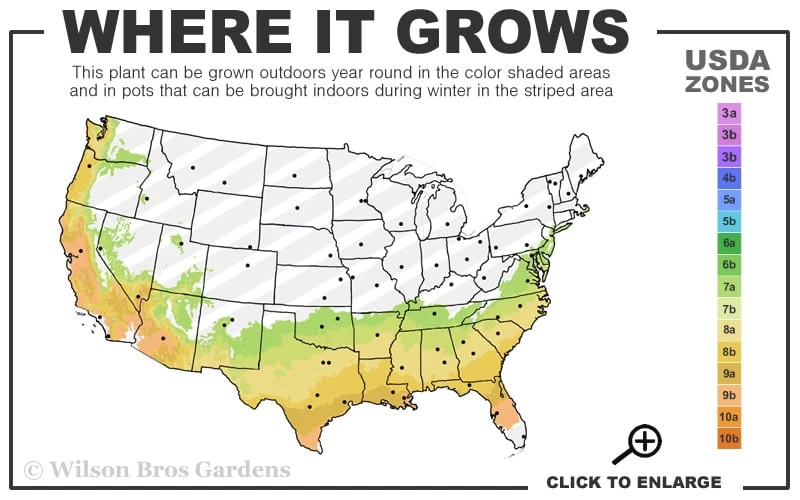

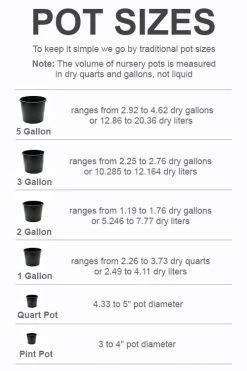



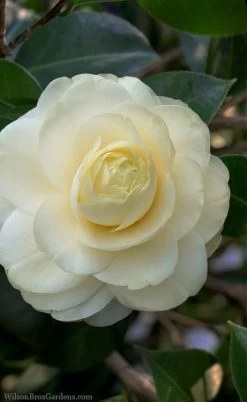

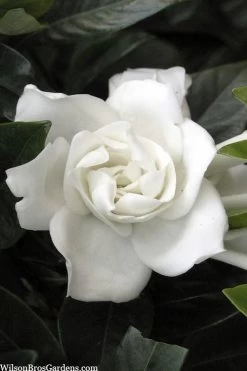

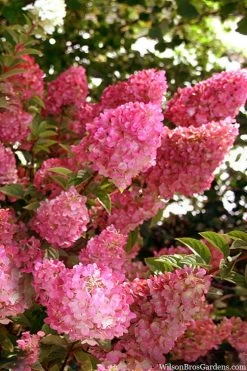

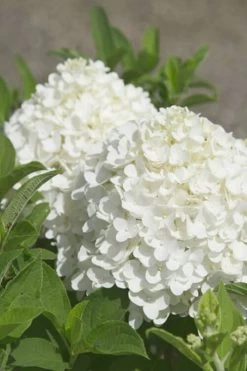

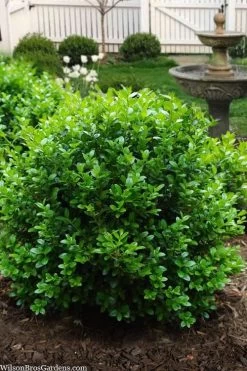


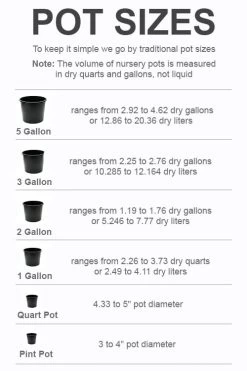
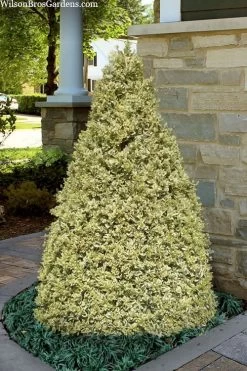

Reviews
There are no reviews yet.